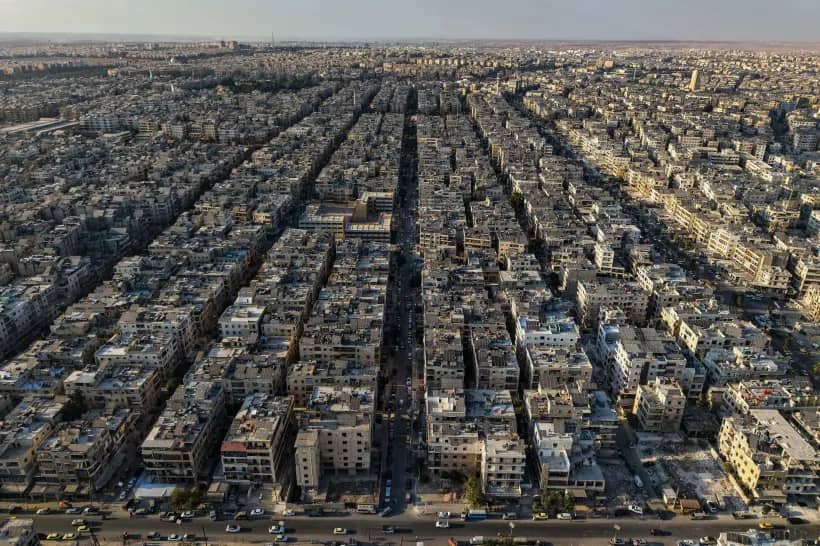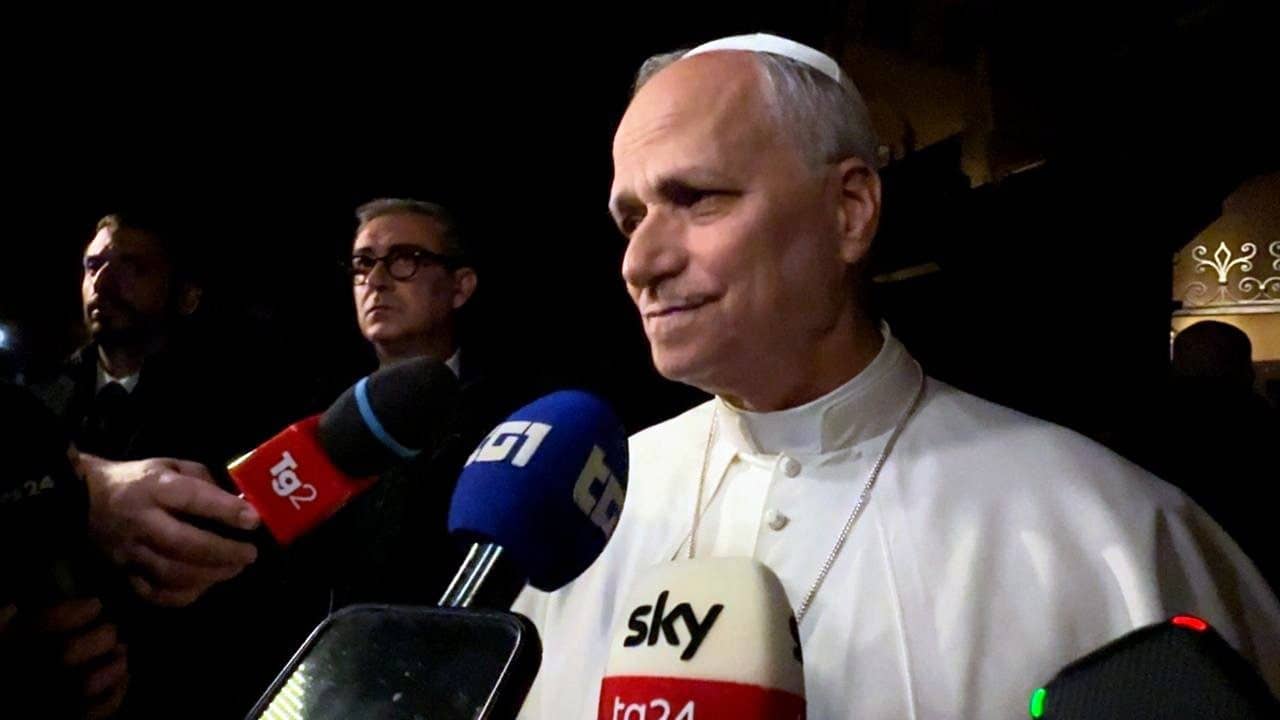ROME — Pope Francis appears set to become the first pope to visit the Great Mosque of Rome, one of the largest Islamic places of worship outside the Arab world, not long after visiting the city’s historic Great Synagogue.
Although the Vatican hasn’t confirmed it, the president of the Union of Italy’s Islamic communities said Tuesday that the visit could happen on Jan. 27. His visit to the city’s historic Great Synagogue came on Jan. 17.
Speaking to the Italian network TV2000, sponsored by Italy’s Catholic bishops, Imam Izzedin Elzir also said a delegation from the community of Rome’s mosque will be in the Vatican Tuesday afternoon to emphasize the importance of the decades-old dialogue with the Catholic Church.
“Today more than ever it’s necessary to stress the importance of this dialogue,” Elzir said. “There’s no doubt that the pope’s visit will help this process.”
The Islamic leader, who has met Francis on different occasions, also said that the pontiff’s humility and closeness has had a positive impact in the Muslim community.
Elzir said that a papal visit to the mosque would be an “an important gesture which shows that religions dialogue, talk to each other, [and] visit each other’s places of worship.”
Amid growing violence perpetrated by Islamic-inspired terrorists in the Middle East, Europe, and the United States, Elzir said those who use the name of God to justify killing have “nothing to do with religion, but are instead pursuing political interest and power.”
Elzir concluded the interview with TV2000 praising Francis, saying that the Argentine pontiff is “not only good for the Christian world but for all mankind, because he’s addressing issues dear to believers and non-believers.”
If Francis does visit the Mosque of Rome, he would be the first pope do so. It would be Francis’ fourth visit to a mosque as pope. It would mark the ninth time overall that a pope has entered an Islamic place of worship.
St. John Paul II was the first head of the Catholic Church to ever set a foot in a mosque. It happened in Damascus, where he visited the Grand Umayyad Mosque to pray before the remains of what Islamic tradition holds is John the Baptist, considered a saint by the Catholic Church and a prophet by Muslims.
Although John Paul II visited the compound of the Dome of the Rock in Jerusalem in 2000, considered one of the holiest places of worship in Islam, he didn’t go in, leaving the Damascus event as his lone mosque visit.
John Paul’s successor, Pope Benedict XVI, did enter the Dome of the Rock in Jerusalem in 2009. That same year, he visited the Hussein bin-Talal mosque in the Jordanian capital of Amman.
Benedict XVI made his first such visit in 2006, when he visited the Blue Mosque in Istanbul.
Pope Francis has followed in his predecessor’s footsteps, visiting the Dome of the Rock in May 2014 and the Blue Mosque in November 2014. Francis added another mosque visit in November 2015, when he traveled to the Central African Republic.
The pope has made interreligious dialogue one of the cornerstones of his papacy, and has maintained a close friendship with both Jewish and Islamic leaders, such as Rabbi Abraham Skorka and Muslim leader Omar Abboud, both from Argentina.
When he announced the Extraordinary Holy Year of Mercy, Francis noted that both Judaism and Islam “consider mercy to be one of God’s most important attributes” and said he trusted the Jubilee “will foster an encounter” with these religions.
Judaism, Christianity, and Islam are the three major Abrahamic religions; that is, monotheistic faiths emphasizing and tracing their common origin to Abraham or recognizing a spiritual tradition identified with him.
* * * * *
The Great Mosque of Rome has a unique history.
The first proposal to build an Islamic place of worship in the city was floated 70 years ago under fascist leader Benito Mussolini (1922-1943), who refused to give permission on the grounds that it contradicted Italian identity.
Four decades later, the City Council of Rome donated land for the project in 1974. Yet it took a full decade to lay the cornerstone for the structure, in part due to difficulties in fundraising and in part due to political opposition to the idea of an Islamic shrine in what has long been considered the capital of Christendom.
That opposition, however, largely dissipated after John Paul II gave his blessing for the project.
One problem involved the original design. By law, no building in Rome can be taller than the dome of St. Peter’s Basilica, but plans for the mosque by Italian architect Paolo Portoghesi exceeded that limit. The issue was resolved by shortening the height of the minaret to remain below that of St. Peter’s dome by approximately one yard.














